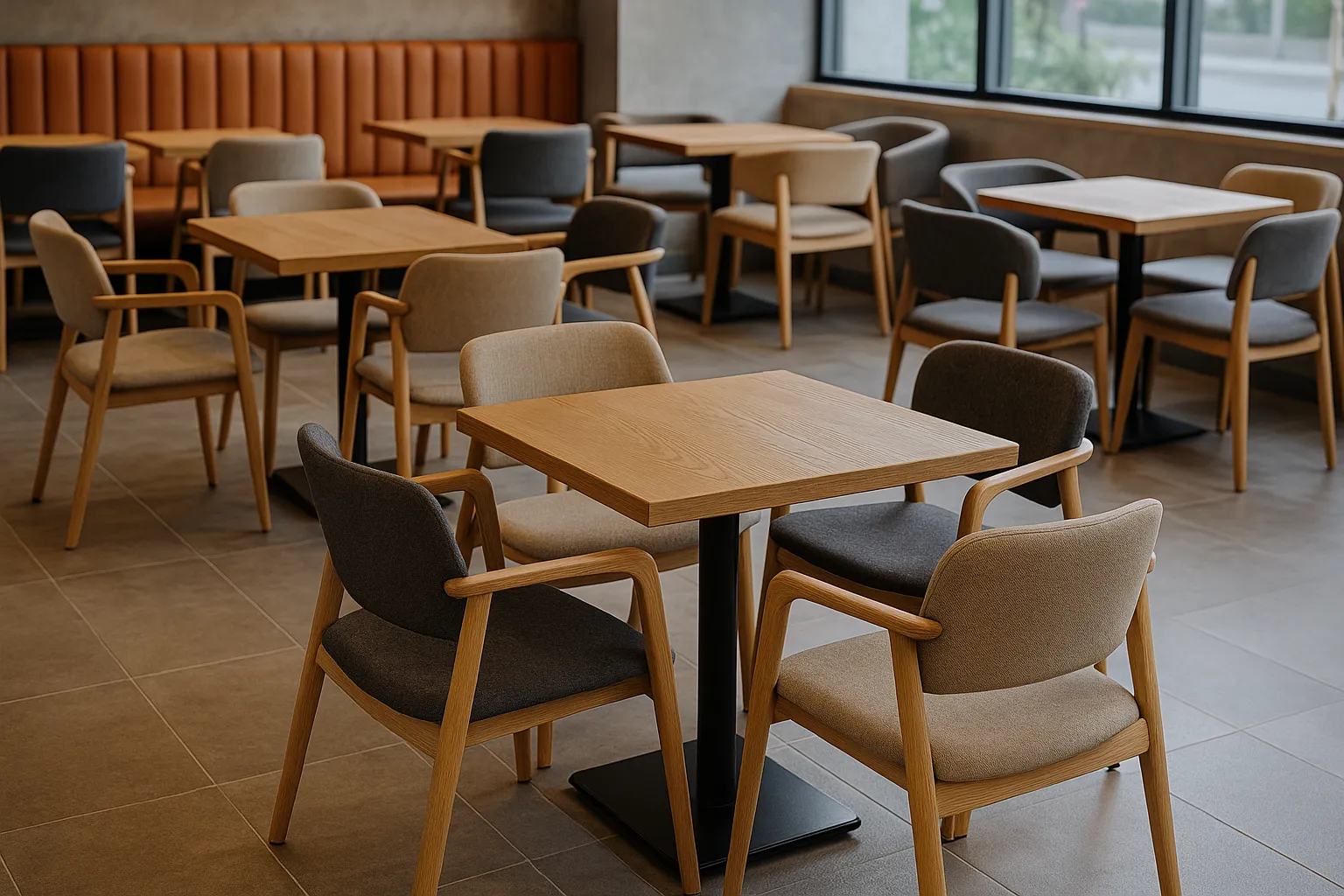In an era where security concerns are ever-present, a hidden panic room can offer unparalleled protection and peace of mind. Whether for personal safety or as a precautionary measure, the design of a hidden panic room is a blend of strategic planning, innovative design, and advanced technology. This guide provides a detailed overview of the essential aspects to consider when designing a hidden panic room.
What is a Hidden Panic Room?
A hidden panic room, also known as a safe room, is a concealed space within a building designed to provide safety during emergencies. Unlike traditional safe rooms, hidden panic rooms are designed to be discreet, blending seamlessly with the home’s décor while providing a secure sanctuary.
Key Features of a Hidden Panic Room
Concealment
The primary feature of a hidden panic room is its discreet design. It should blend seamlessly with the surrounding environment to avoid detection. Common concealment techniques include hidden doors, bookcases, or secret compartments.
Security
A panic room should be equipped with robust security features. This includes reinforced walls, doors, and windows, as well as advanced locking mechanisms to withstand forced entry.
Communication Systems
Ensure the room is equipped with independent communication systems, such as a dedicated landline or radio, to maintain contact with emergency services or trusted contacts.
Survival Essentials
The room should be stocked with essential supplies, including food, water, medical supplies, and first aid kits, to sustain occupants for an extended period.
Comfort
Although primarily a safety feature, the comfort of the space should not be overlooked. Consider ventilation, lighting, and seating to make the room as comfortable as possible.
Designing a Hidden Panic Room

Location Selection
Choose a location that is easily accessible to all members of the household but not obvious to outsiders. Common locations include basements, attics, or behind false walls in a closet or library.
Entry and Exit Points
Plan for discreet entry and exit points. Hidden doors or secret passages can be used to access the panic room without arousing suspicion.
Construction Materials
Use reinforced materials for construction to ensure the room can withstand potential threats. Consider materials such as steel or reinforced concrete for walls and doors.
Integration with Home Systems
Integrate the panic room with the home’s security system, including alarms and surveillance cameras. This ensures that the room is part of the overall security plan and can be monitored remotely.
Design Aesthetics
The hidden panic room should blend with the home’s design. Use architectural elements that match the surrounding décor, such as paneling or built-in furniture, to maintain a seamless appearance.
Examples of Hidden Panic Room Designs
Bookcase Concealment
A popular method is to use a bookcase that doubles as a hidden door. The bookcase can be designed to swing open, revealing the panic room behind it.
False Wall
Another effective design is a false wall that hides the panic room. The wall can be disguised as a part of the home’s interior, such as a built-in cabinet or a piece of artwork.
Understairs Hideaway
Utilizing space under a staircase can be an efficient way to create a hidden panic room. The area can be fitted with a hidden door and reinforced to provide a secure space.
Elevator Shaft Entry
For a more sophisticated design, an elevator shaft can be used to access the panic room. This method involves creating a hidden elevator that descends to the secured space.
Considerations and Challenges

Legal and Building Codes
Ensure that the design of the panic room complies with local building codes and regulations. Consult with professionals to address any legal considerations.
Cost
The cost of designing and building a hidden panic room can be significant. Budget for construction, materials, and installation of security features.
Maintenance
Regular maintenance is essential to ensure the room remains functional and secure. Periodically check the room’s supplies, security systems, and structural integrity.
Accessibility
Ensure that the panic room is accessible to all members of the household, including those with disabilities or special needs.
Designing a hidden panic room involves careful planning, creativity, and attention to detail. By incorporating advanced security features, discreet design elements, and essential supplies, you can create a safe and secure sanctuary within your home. Whether for personal safety or peace of mind, a well-designed hidden panic room can provide invaluable protection in times of need.





